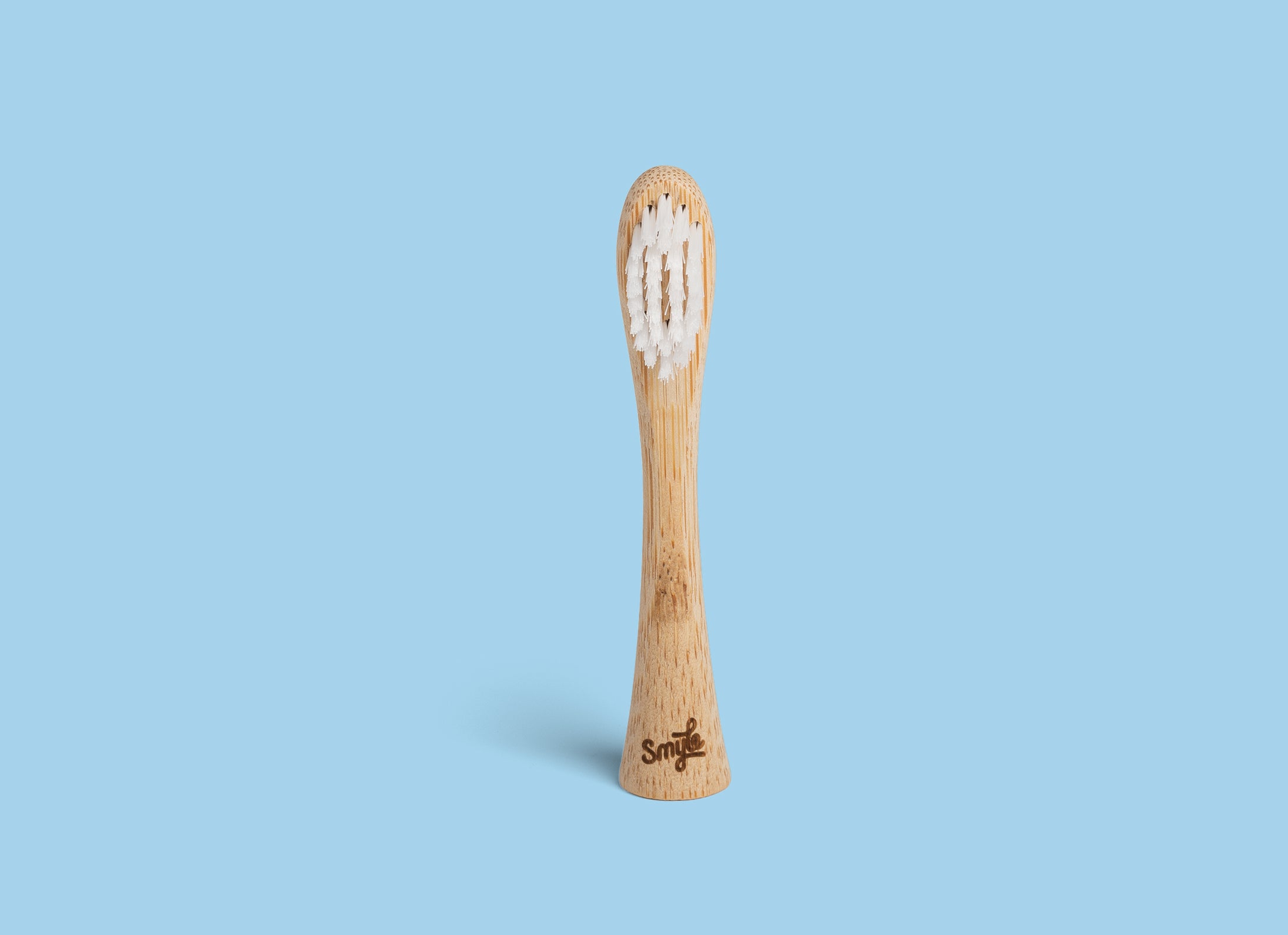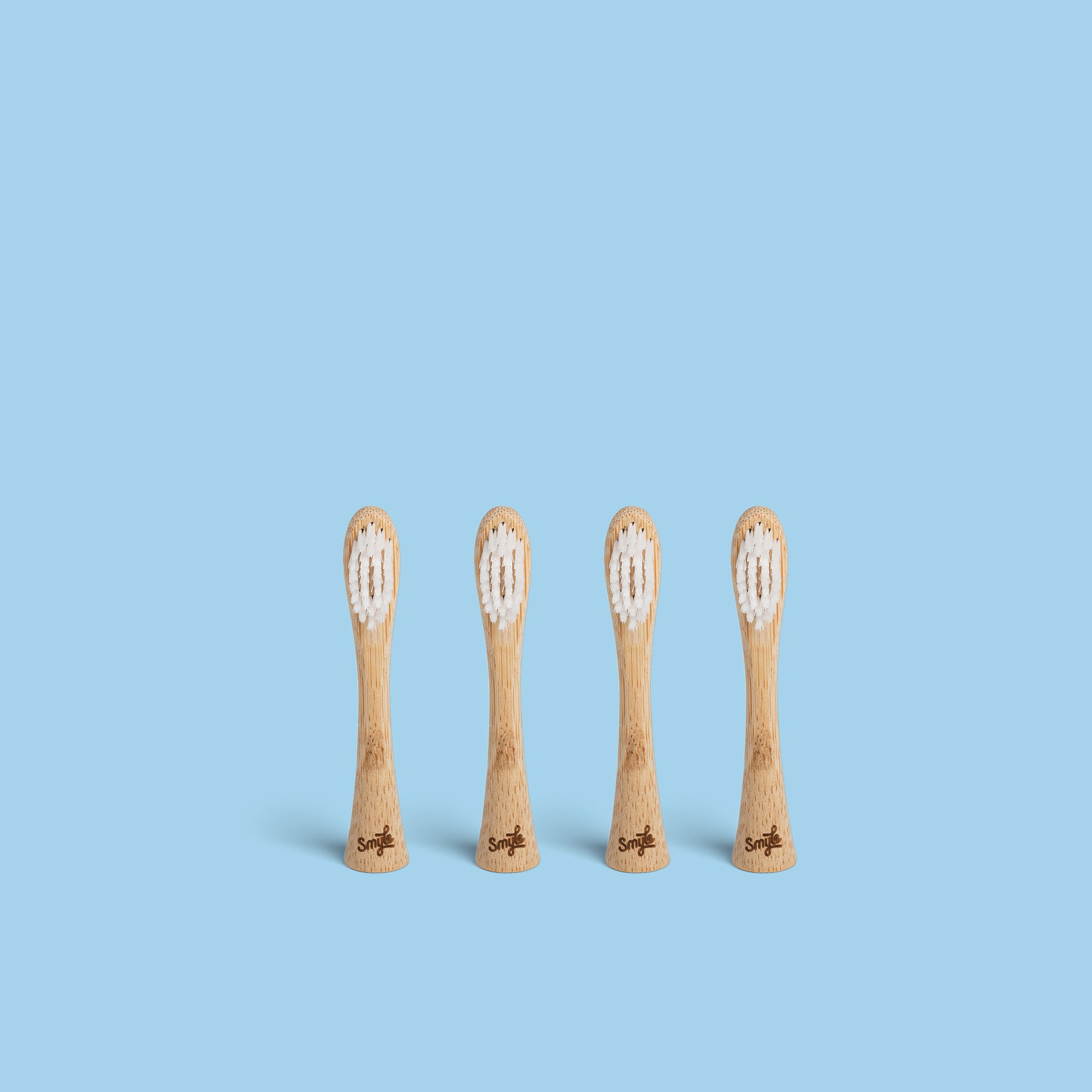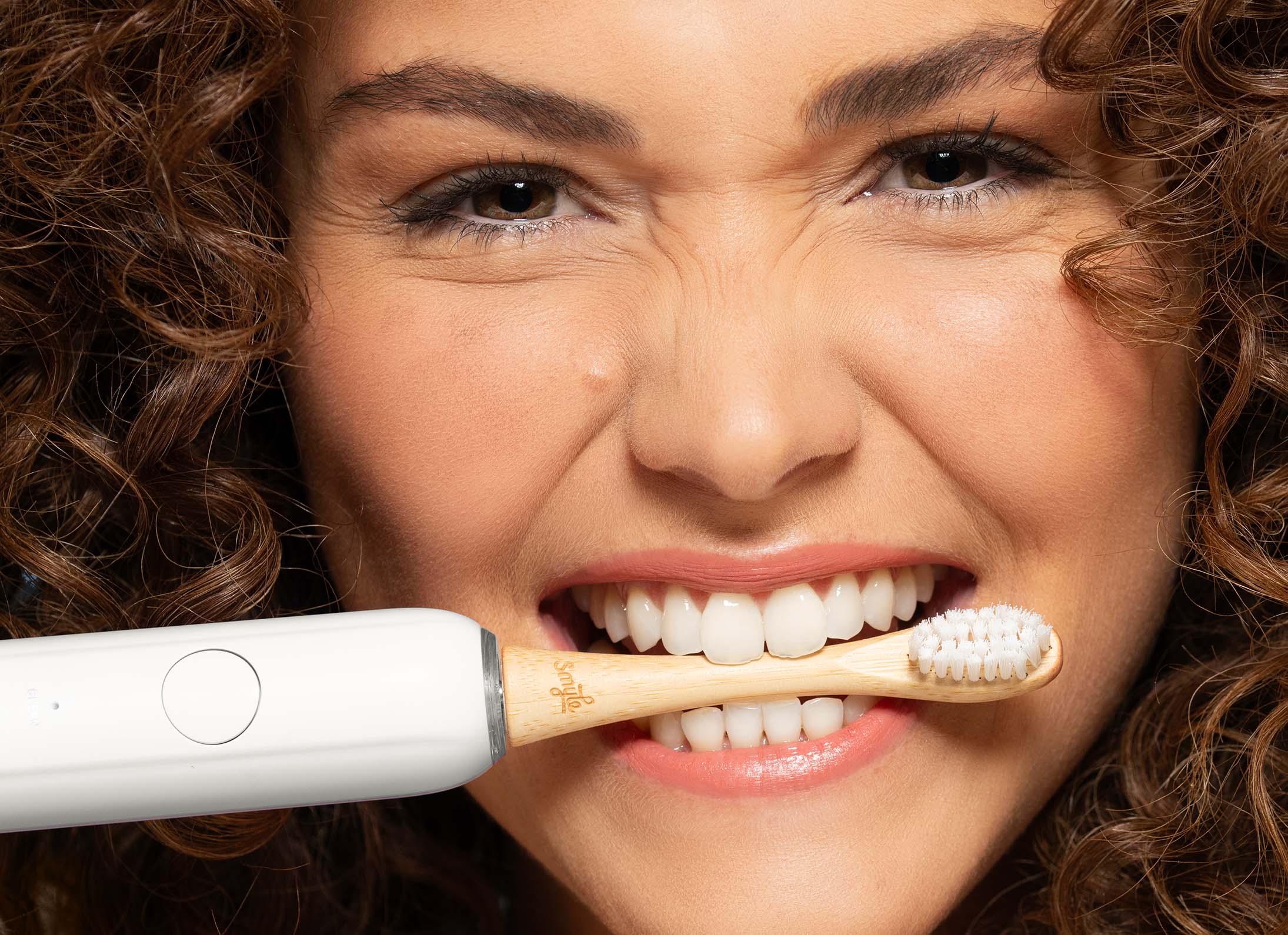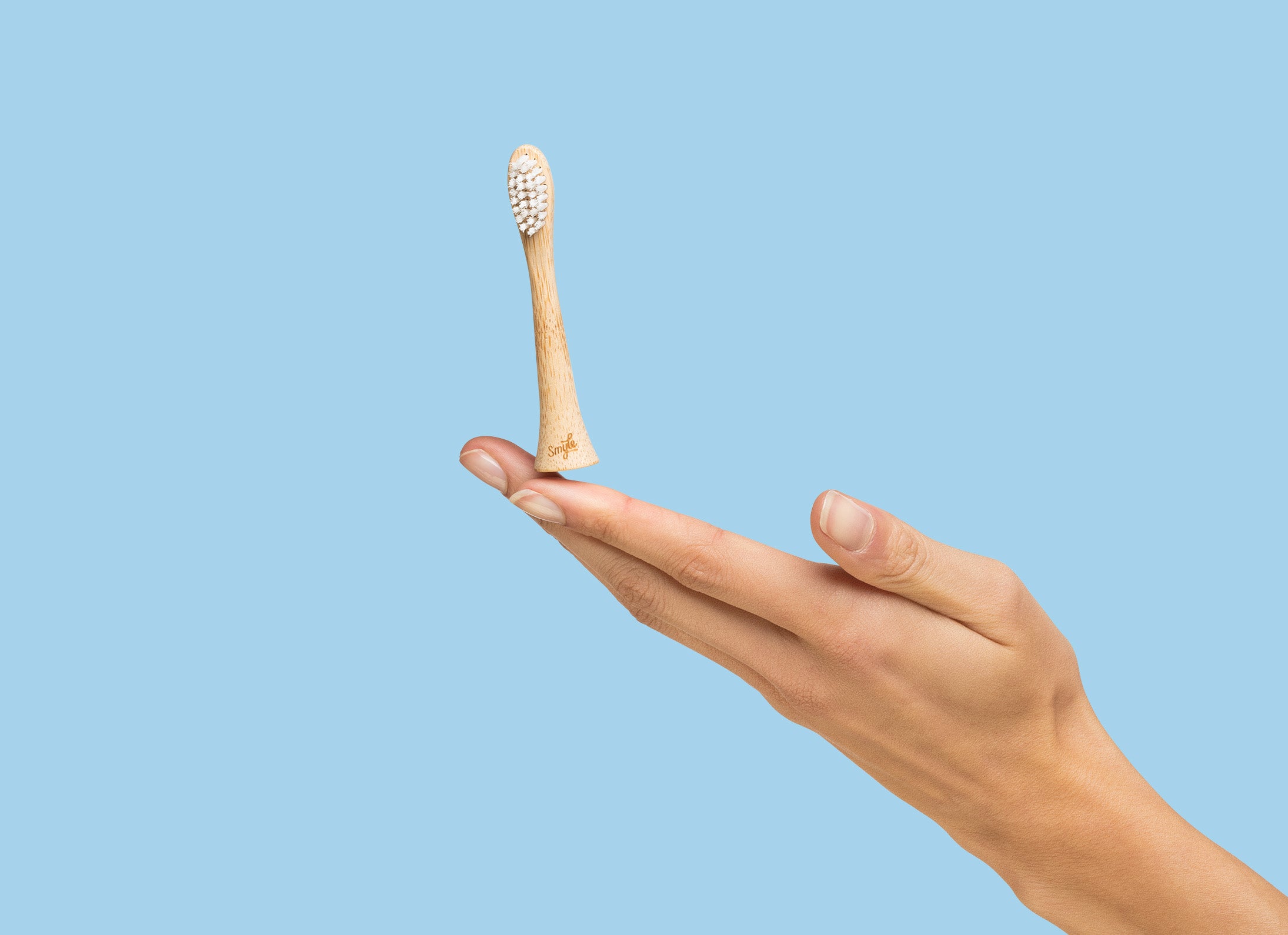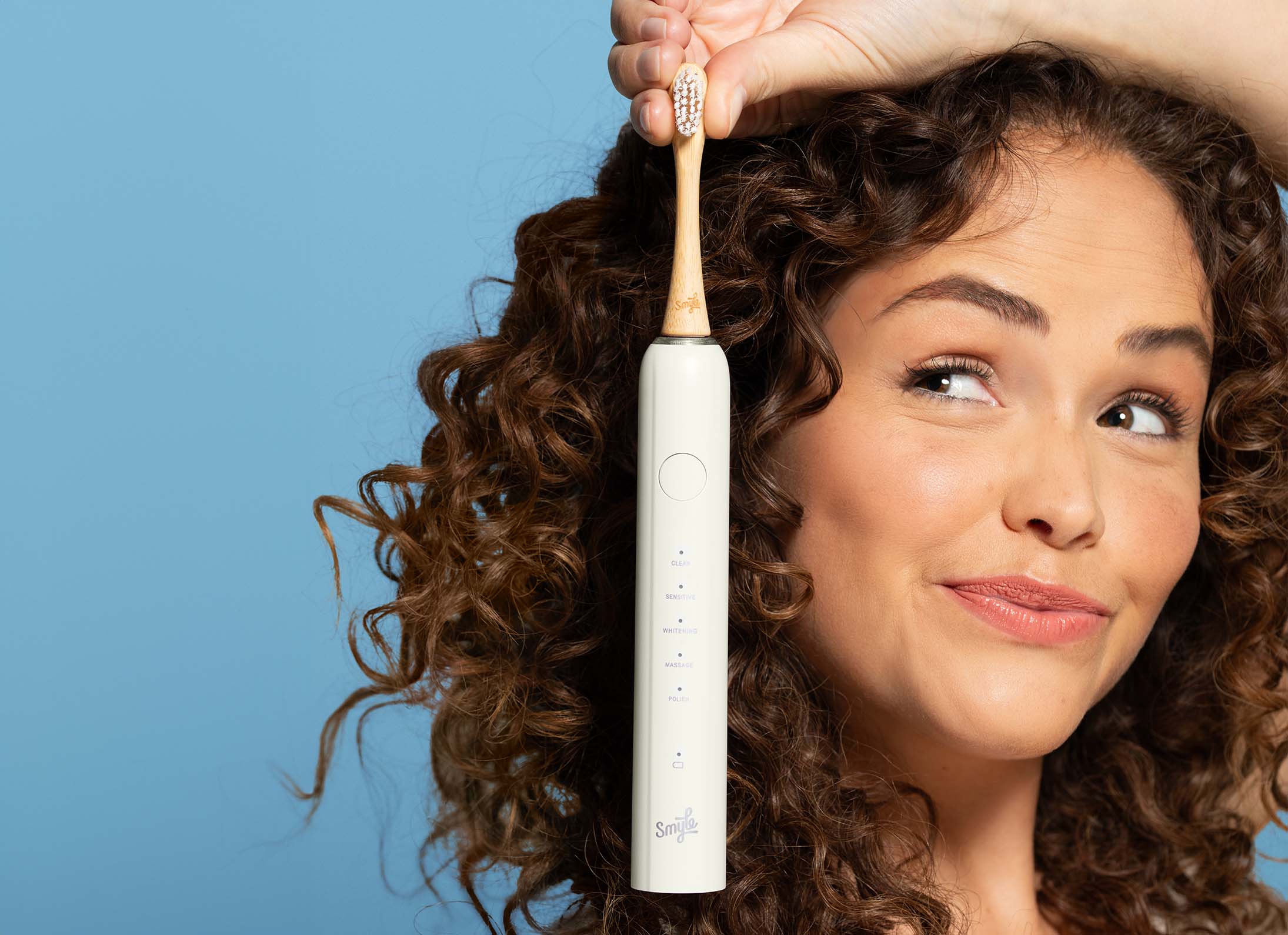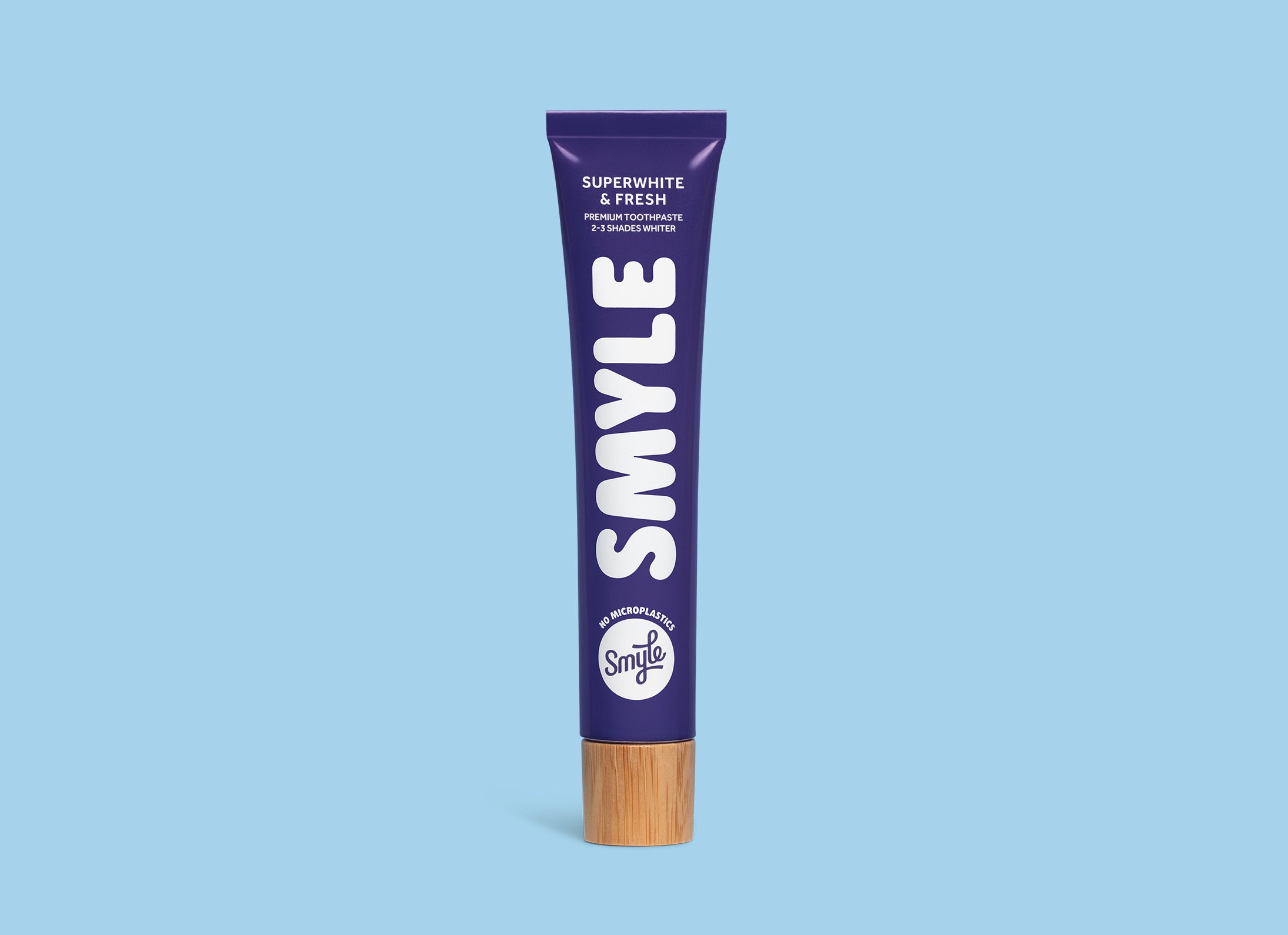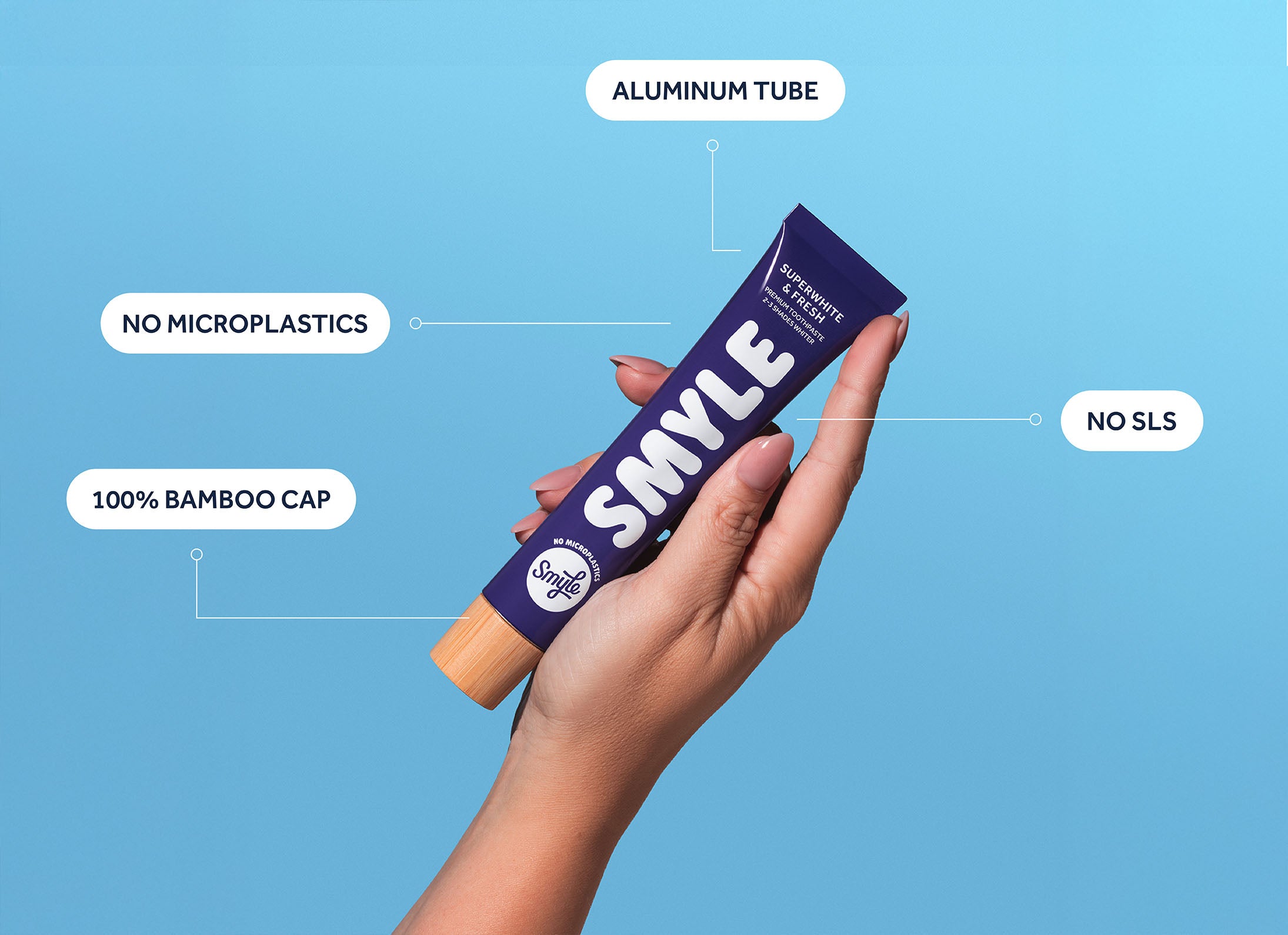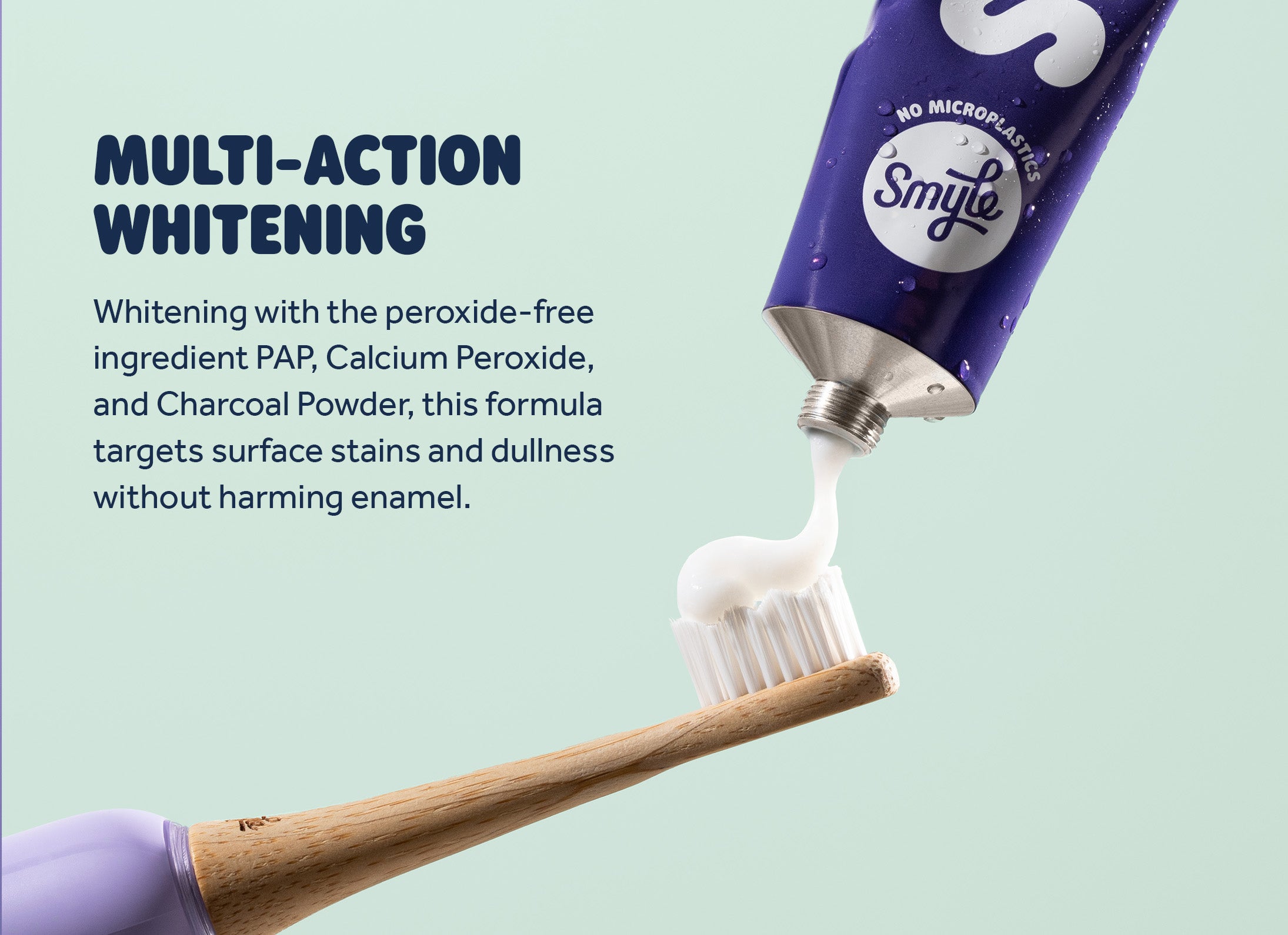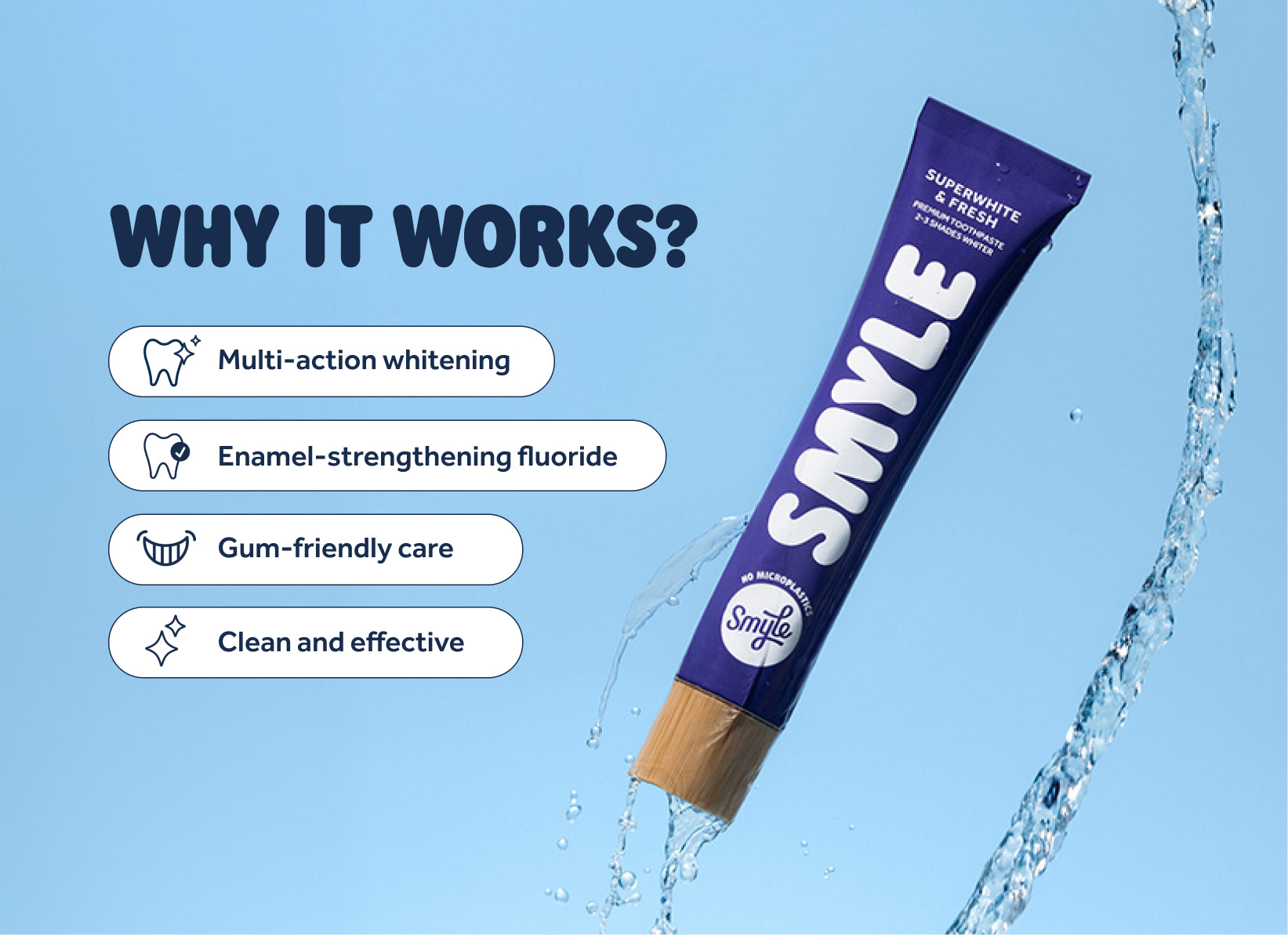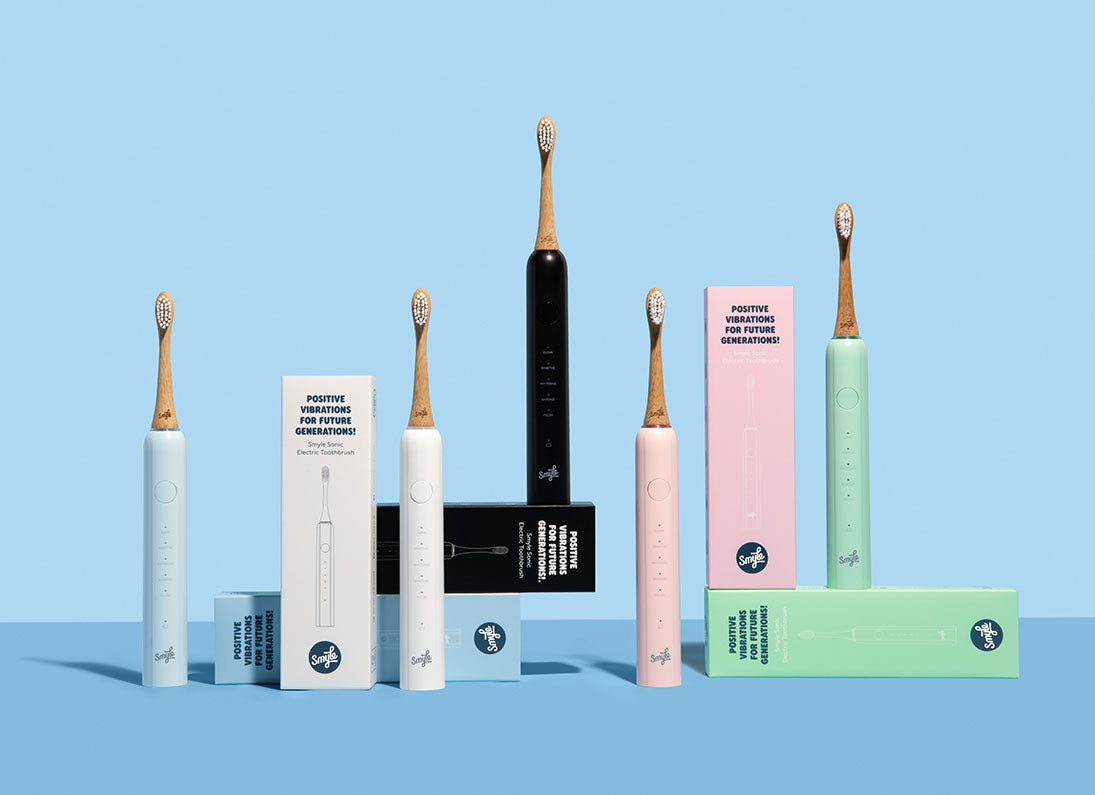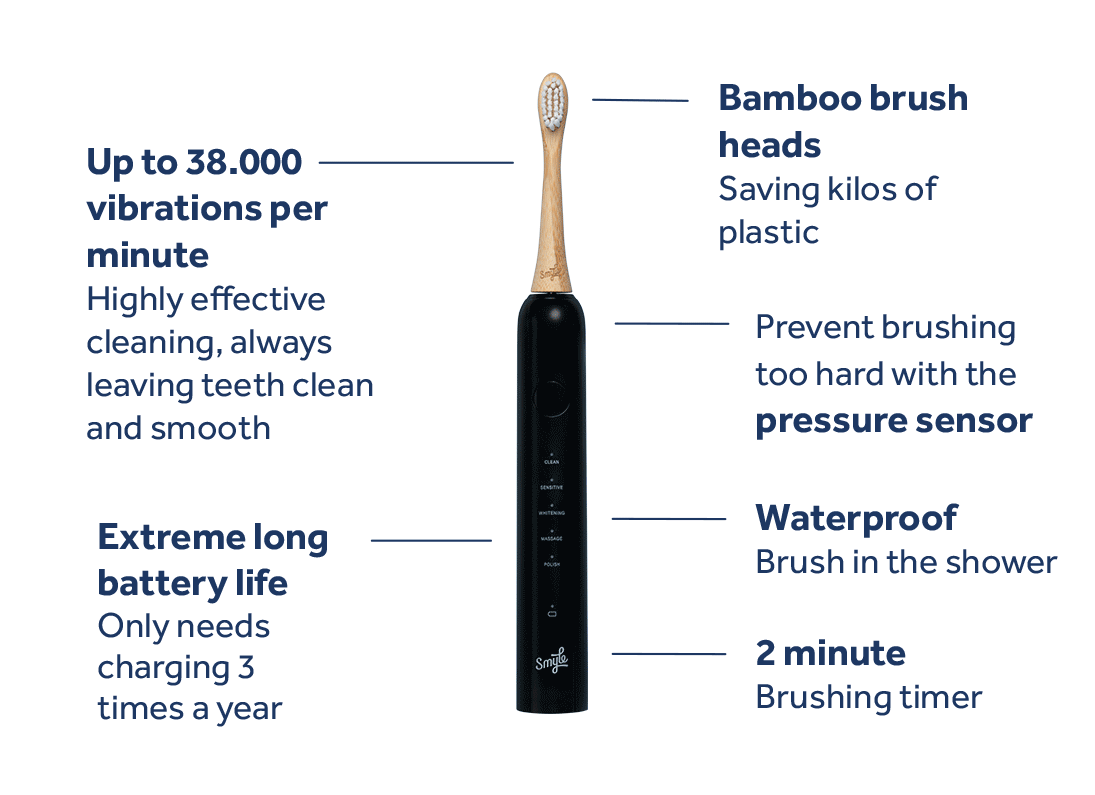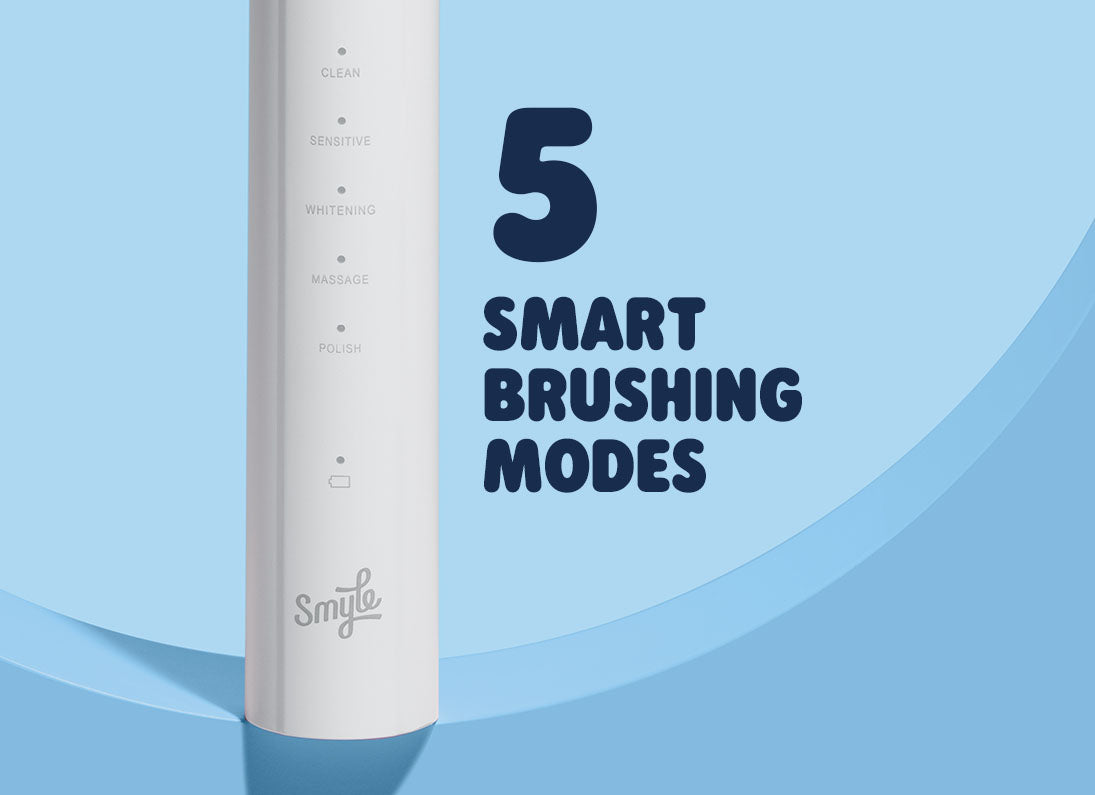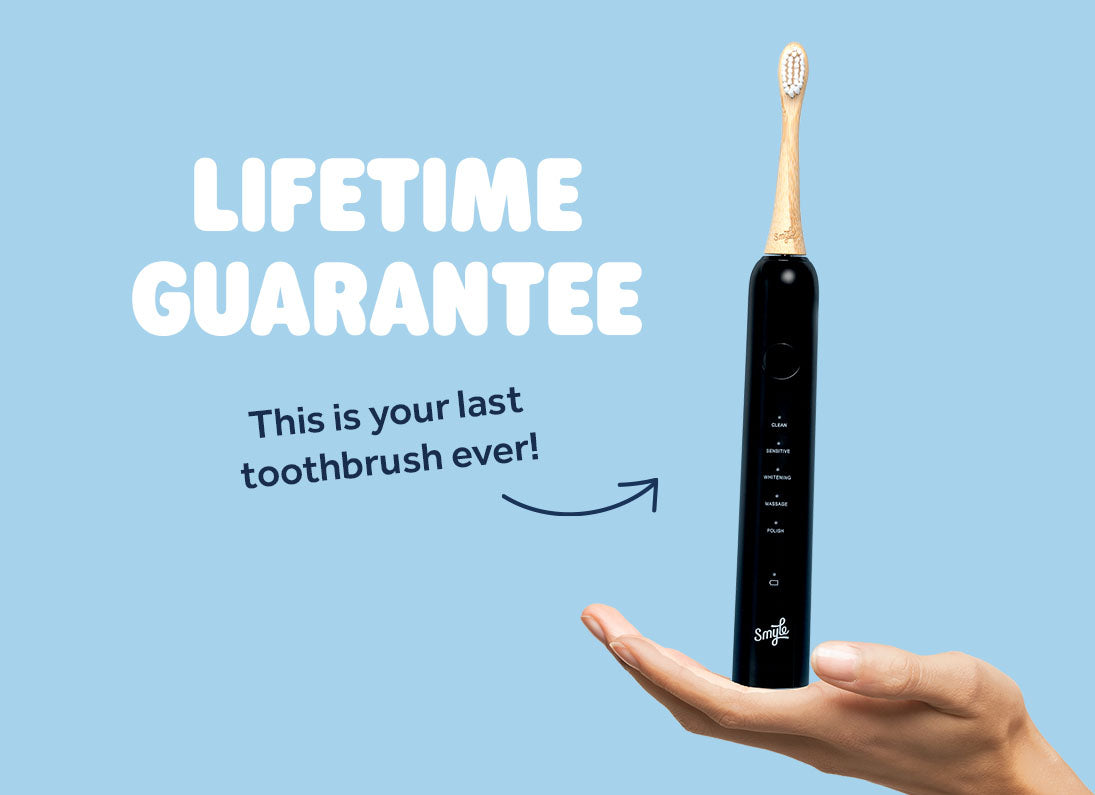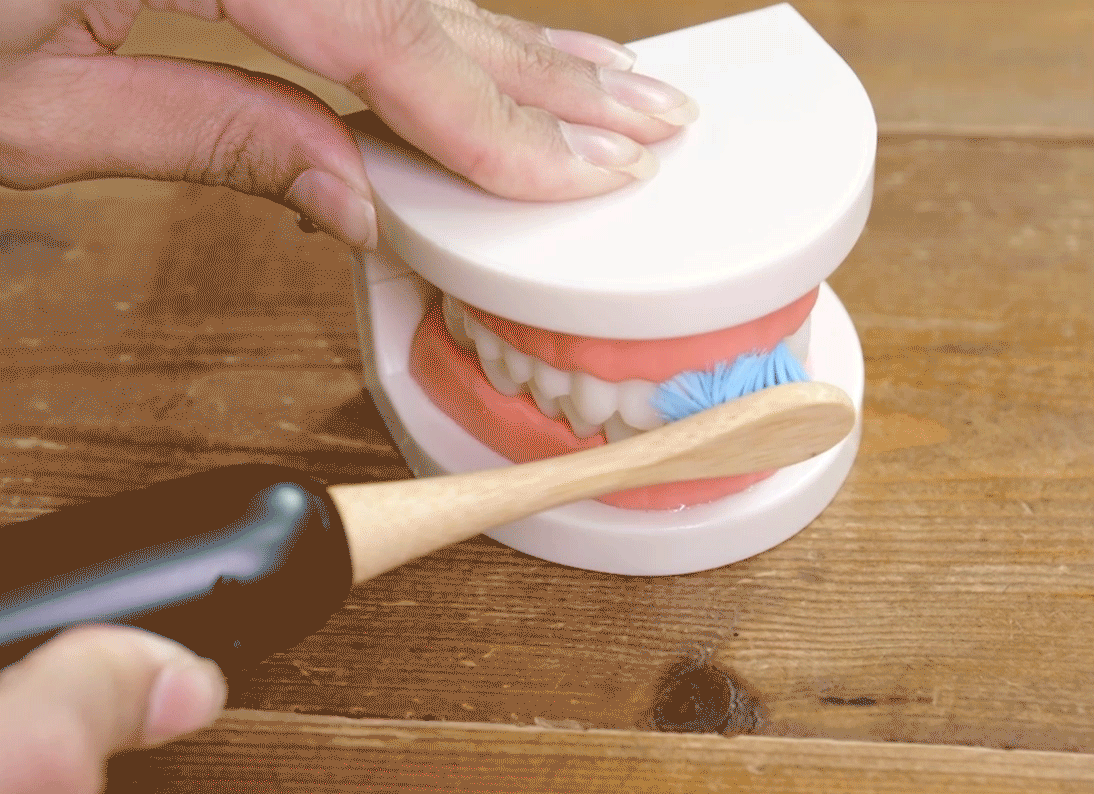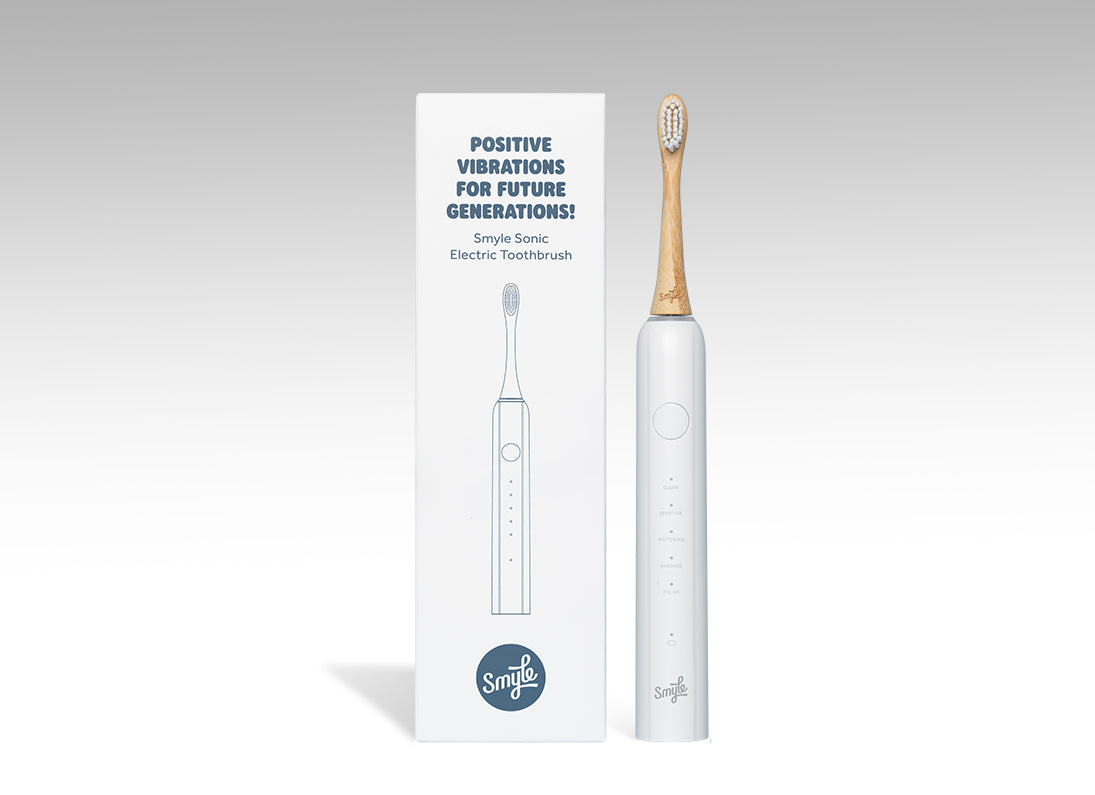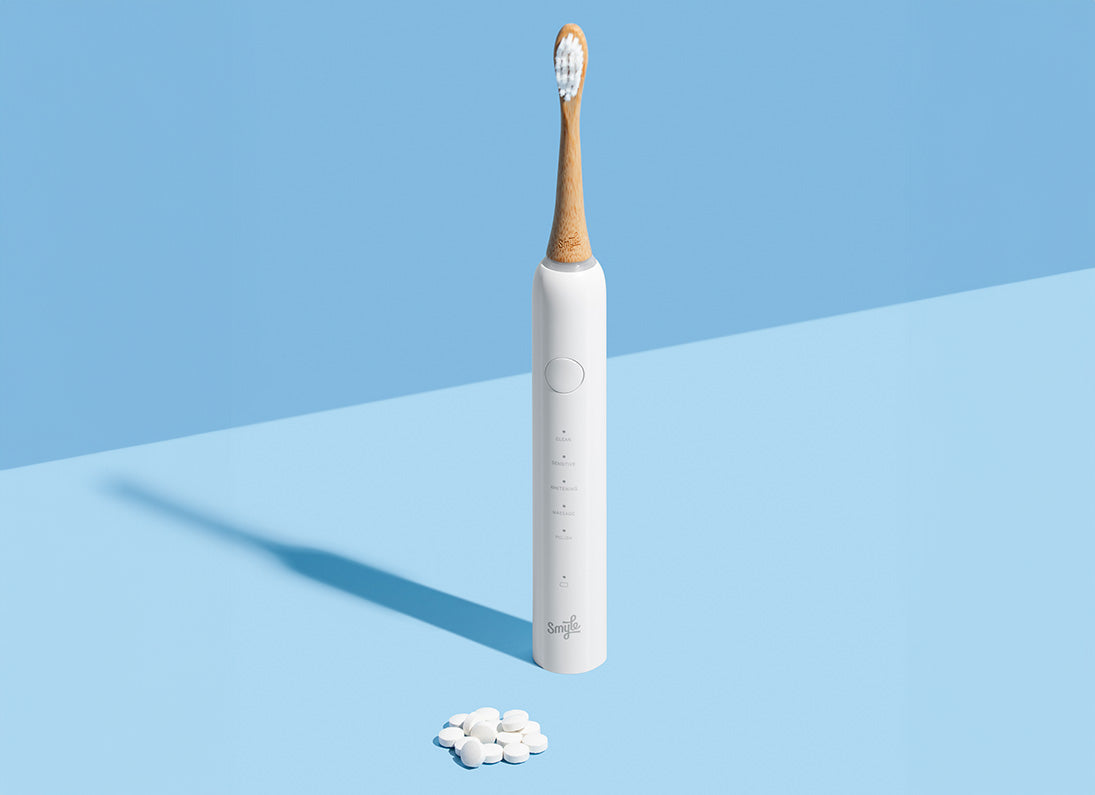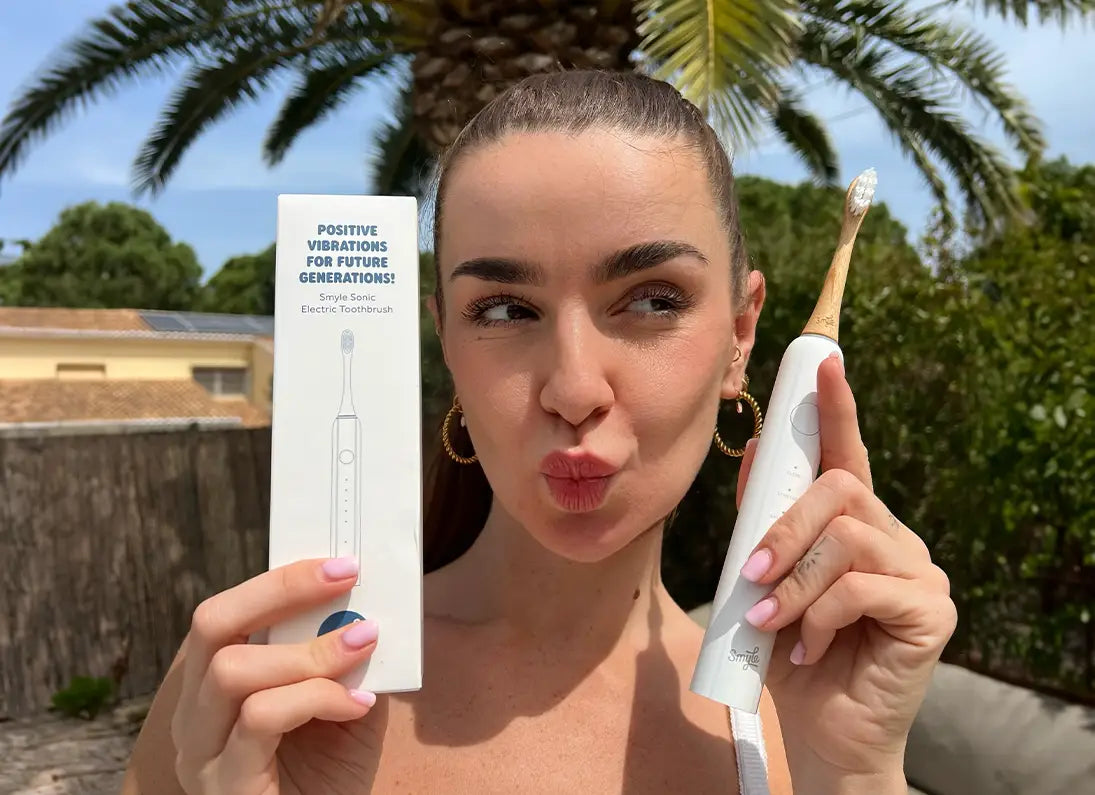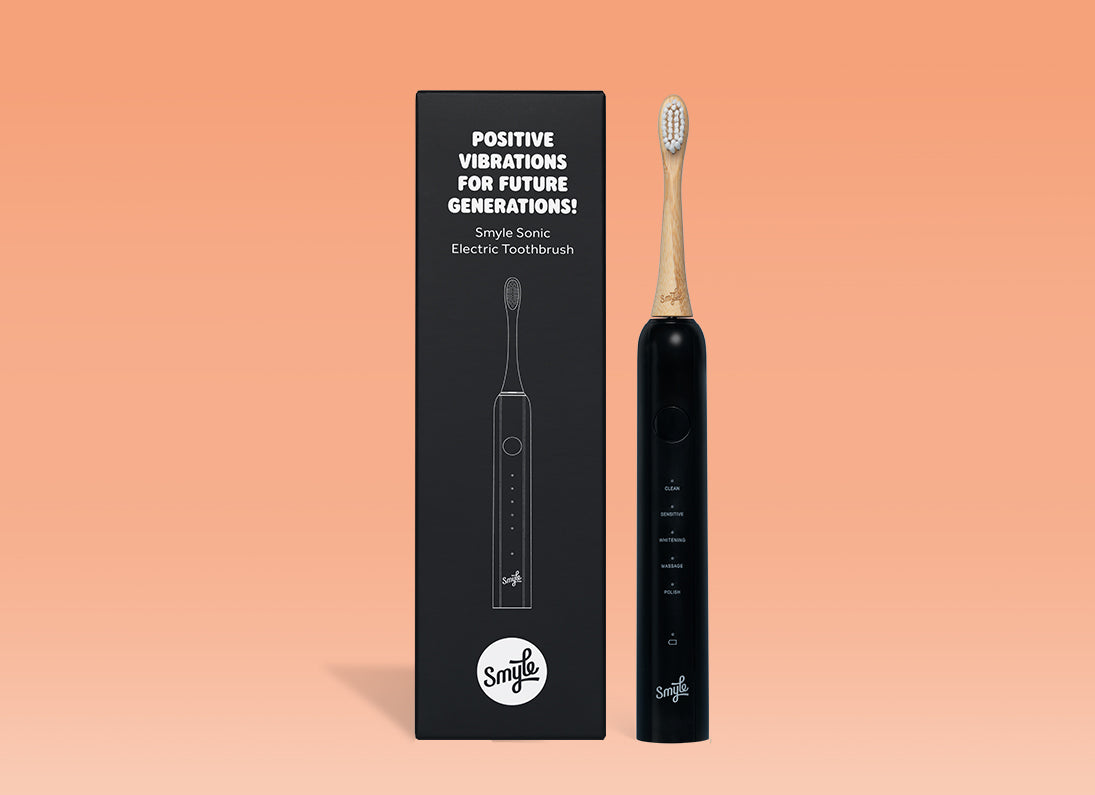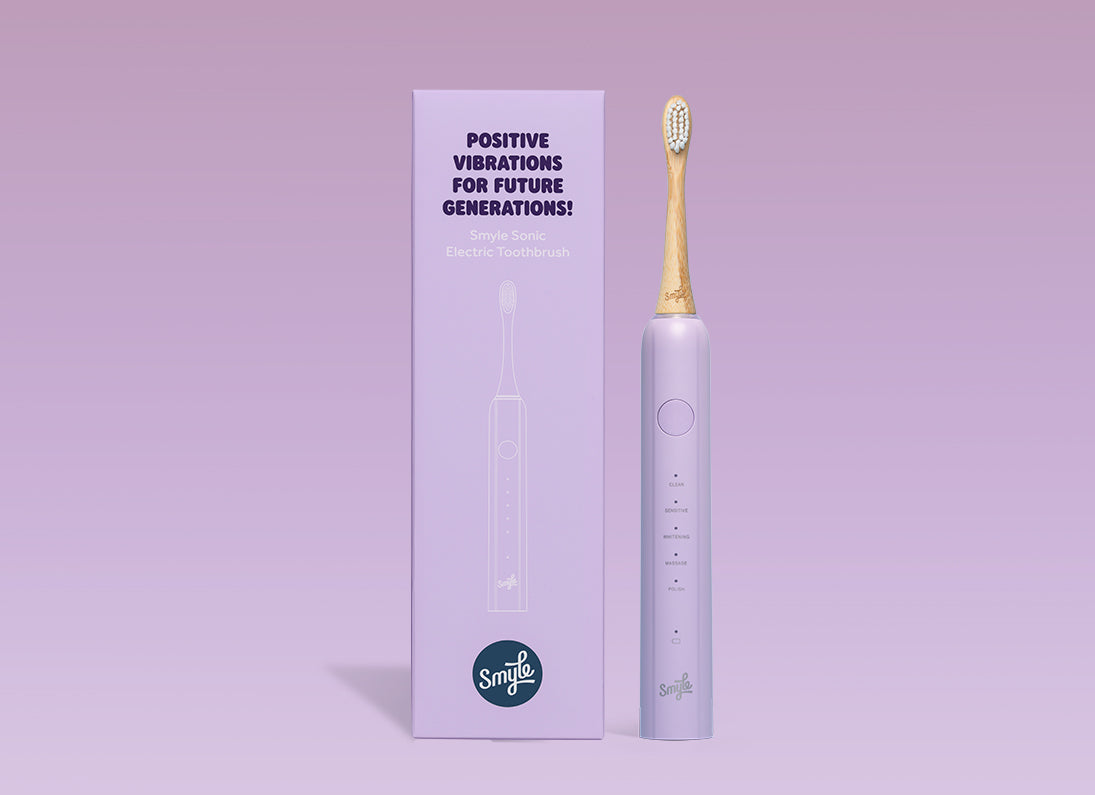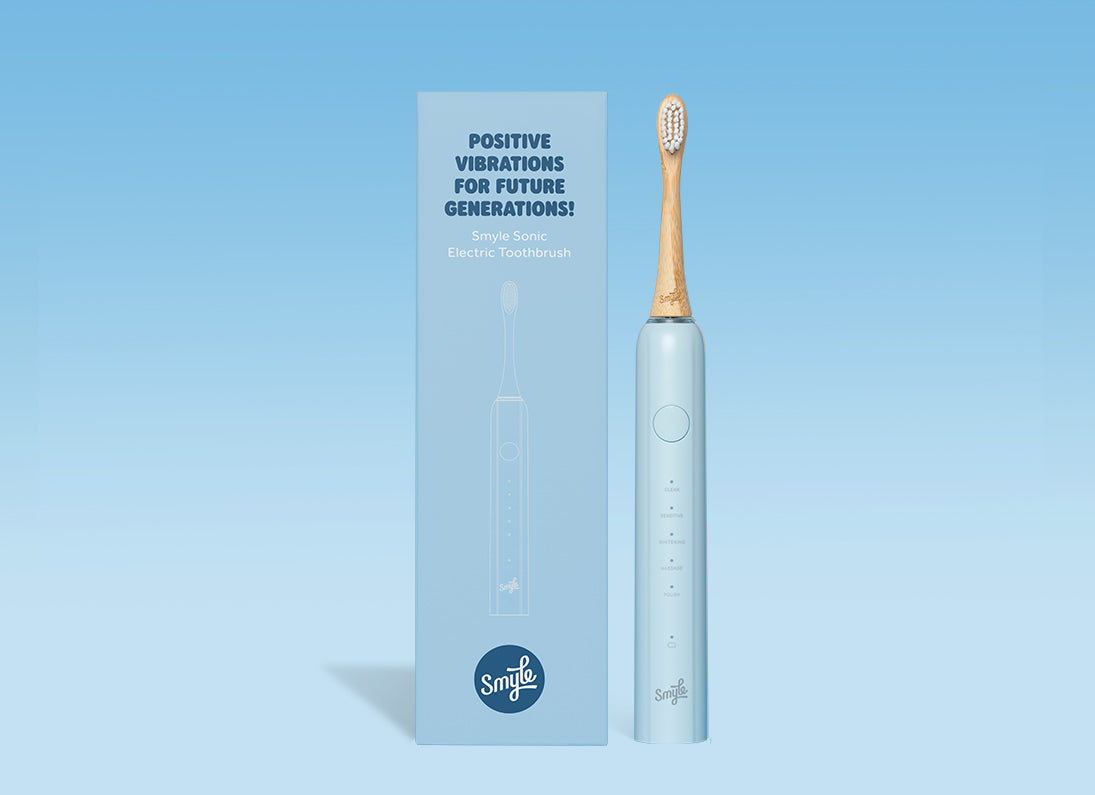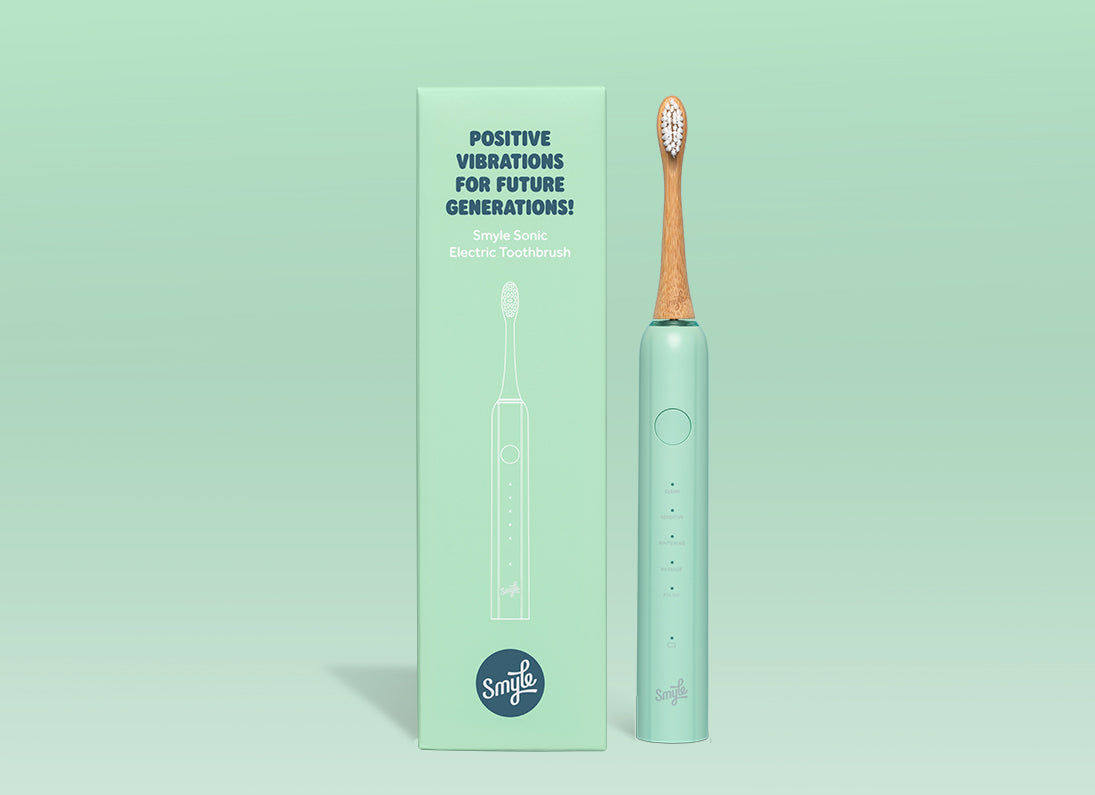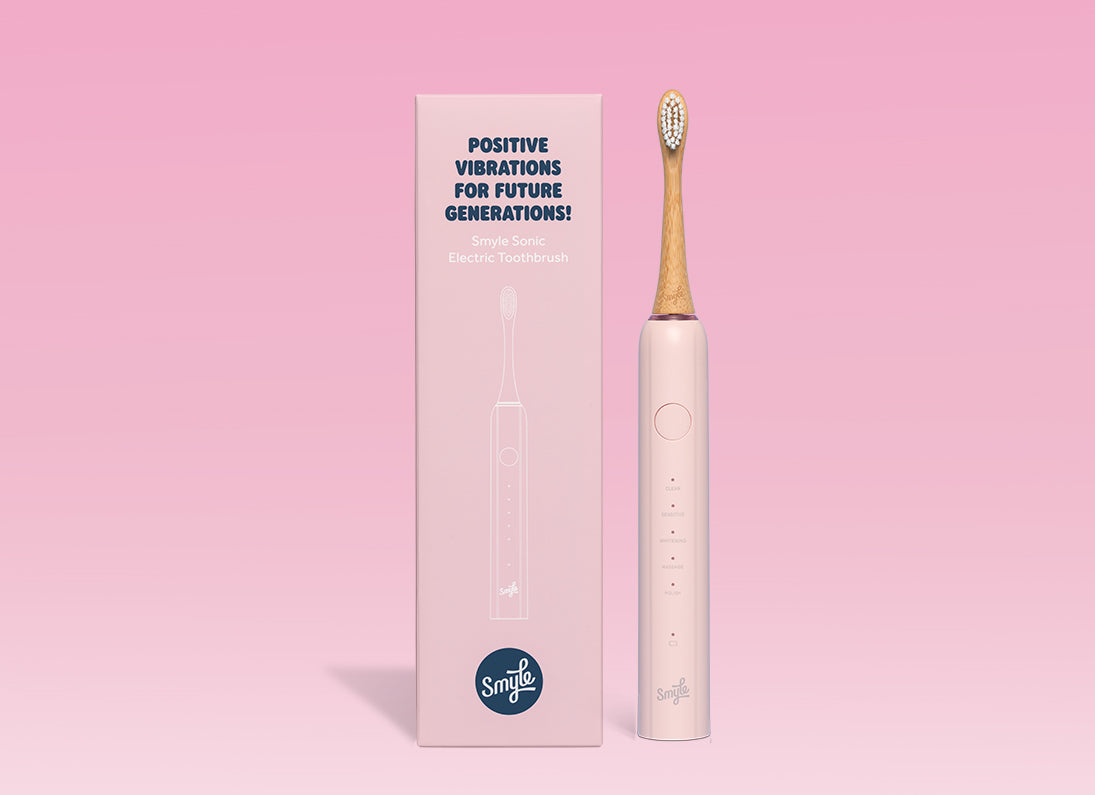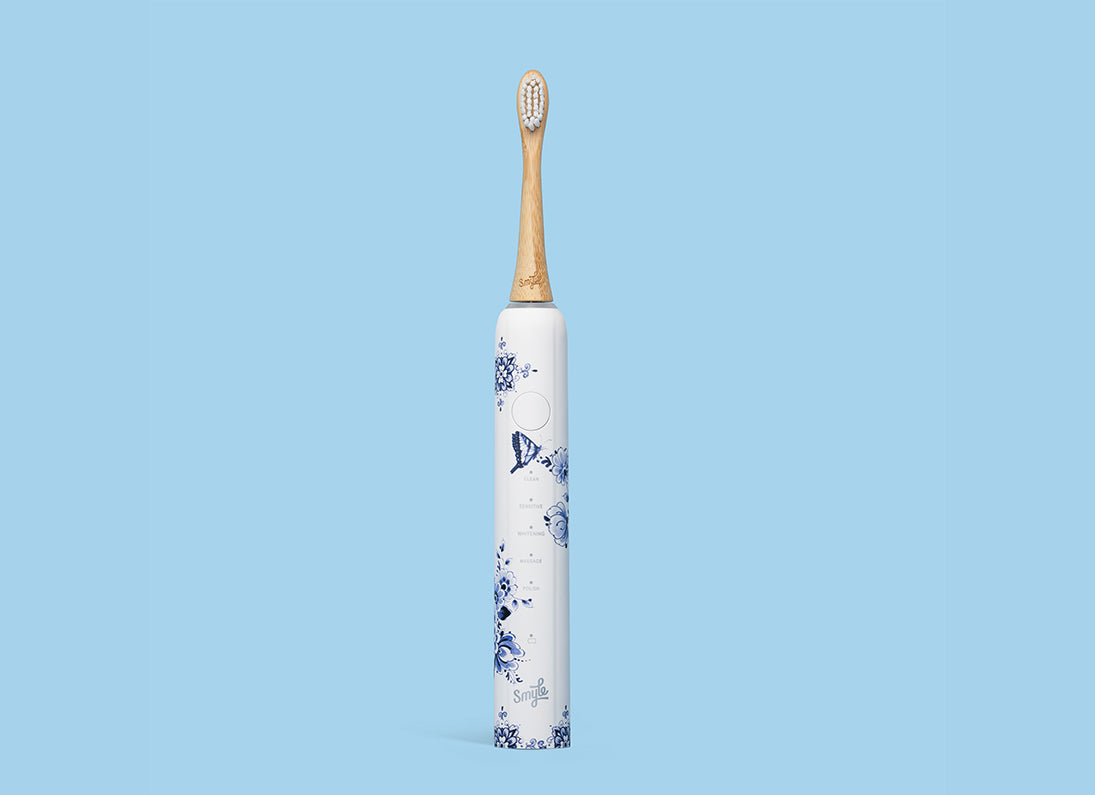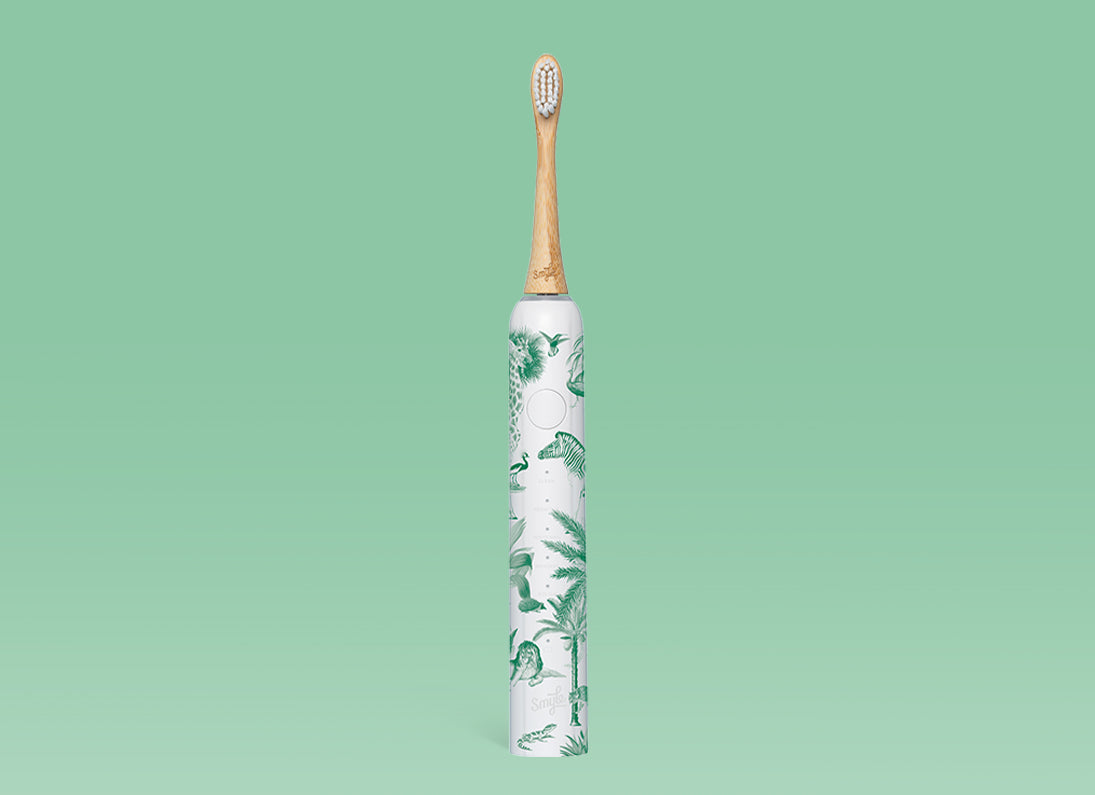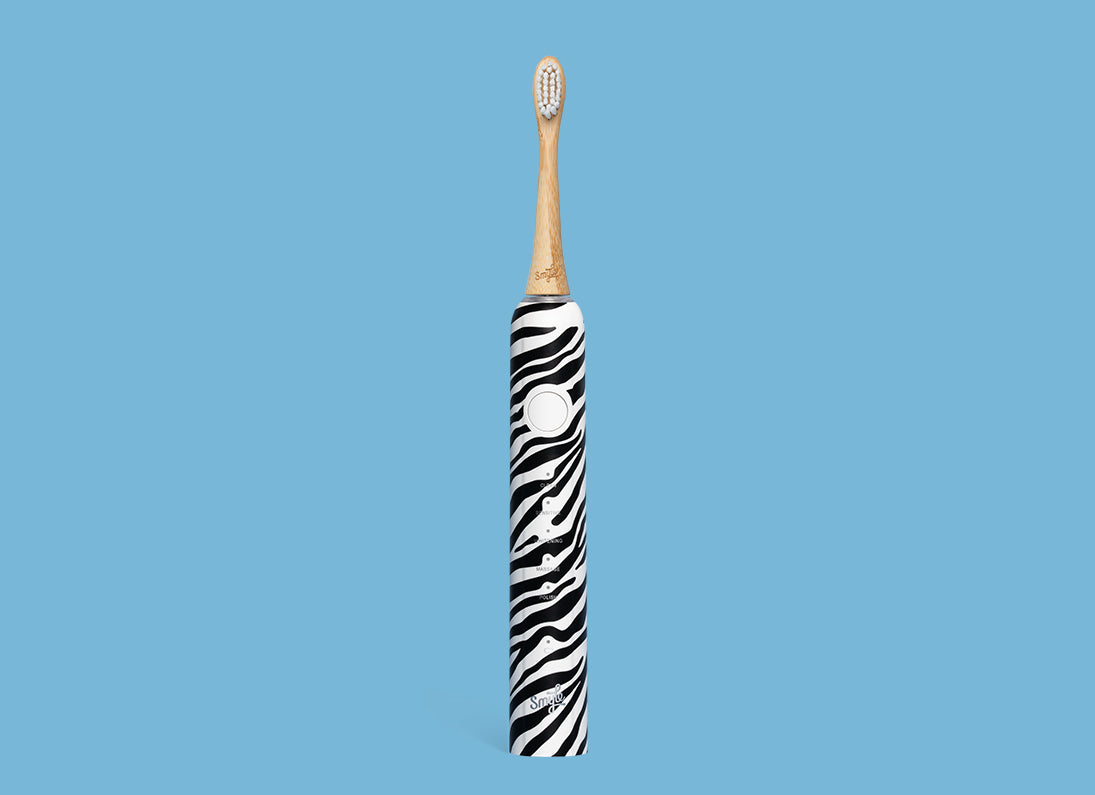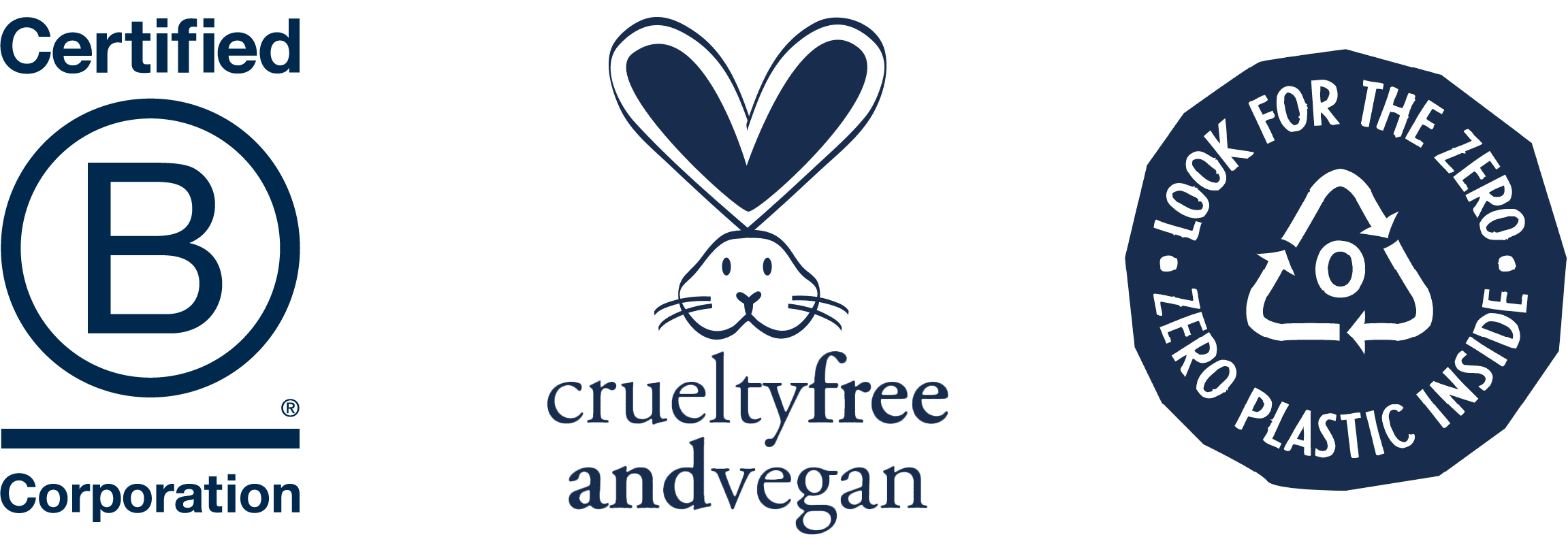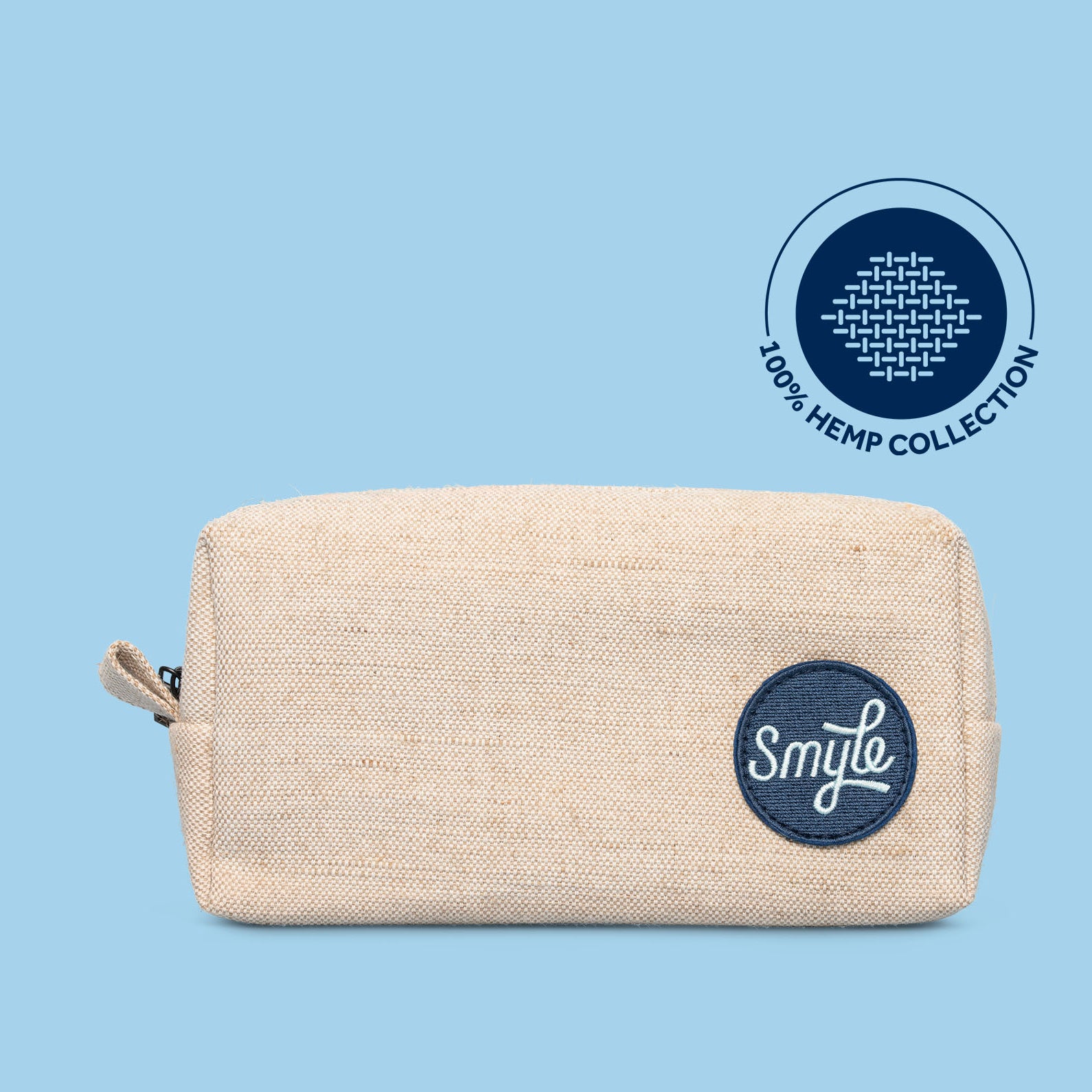
The world of oral hygiene is much more complex than most of us likely think. Take tartar, for example, a common issue that many people still see as something that only comes up once or twice a year at the dentist's office as the most normal thing in the world. However, most people don't actually know much about it when it comes down to it. So, how does tartar form exactly? The answer lies not only in our daily diet but, like most conditions, problems, and phenomena, also in our oral care routine.
Tartar (often mistakenly referred to as plaque, though they're not the same!) is a hard, crusty deposit that forms on the teeth. If not removed, it can lead to problems like cavities, gum inflammation, and even tooth loss. While it may initially seem harmless, it can eventually lead to serious complications. That’s why the dentist always looks so closely at the amount of tartar in your mouth during check-ups.
But how does tartar form? It all starts with the buildup of bacteria in the mouth, which adhere to the surface of the teeth. These bacteria form a sticky layer called biofilm or plaque. This layer is soft and can easily be removed by regular brushing and flossing. However, if plaque is not completely removed, it can harden and turn into tartar.
Tartar typically forms in areas that are difficult to reach with a toothbrush, such as the backs of the teeth and near the gum line. It's important to note that the process of tartar development is accelerated by factors like insufficient oral hygiene, not regularly replacing electric toothbrush heads, smoking, excessive consumption of sugary foods and drinks, and certain diseases that affect oral health.
To reduce the formation of tartar, there are several strategies you can implement. First, brush your teeth at least twice a day with a fluoride toothpaste (tablets, click here to check out Smyle’s tablets), and floss daily to keep the spaces between your teeth clean. Second, visit your dentist or hygienist regularly for professional cleanings. They can remove tartar that is difficult to reach with your daily brushing and flossing routine.

Tartar forms as a result of the buildup of bacteria in the mouth that adhere to the teeth, leading to the formation of plaque. When this plaque is not fully removed, it hardens and becomes tartar. While this is a common issue, it can be prevented with good oral hygiene, healthy eating habits, and regular visits to the dentist. Although the world of oral hygiene may seem complex, preventing tartar comes down to simple and consistent care.
Prevent the hard facts of tartar by unraveling the secret of its origin. Don’t be the tartar of your dentist’s existence, but a shining example of excellent oral hygiene.
The Connection Between Plaque and Tartar
Although the terms 'plaque' and 'tartar' are often used interchangeably, they are not the same. Plaque is a soft, sticky substance that can be easily removed through regular brushing and flossing. Tartar, on the other hand, is the hardened form of plaque and is much harder to remove. If plaque is not brushed away daily, it calcifies due to the minerals in our saliva and turns into tartar. This buildup happens gradually and often unnoticed, which makes it even more important to visit the dentist regularly for professional cleanings.
The Role of Diet in Tartar Formation
Our diet plays a crucial role in the formation of tartar. Consuming foods and drinks that are high in sugars and starches, such as candy, soda, and pastries, can lead to an increase in plaque, which in turn can lead to tartar. It’s therefore essential to follow a balanced diet and limit the intake of sugary products.
How to Prevent Tartar
While it is not possible to completely prevent the formation of plaque and thus tartar, there are effective ways to minimize buildup and protect the health of your teeth and gums. Here are a few tips:
- Brush Regularly: Brush at least twice a day with a fluoride toothpaste. Don't forget to brush your tongue as well, as it can also harbor bacteria.
- Floss Daily: Flossing helps remove food particles and plaque that accumulate between your teeth and along the gum line.
- Visit Your Dentist Regularly: Regular dental visits for professional cleanings can help remove tartar that has built up in hard-to-reach areas of your mouth. The dental hygienist will remove the tartar so you can continue with a healthy smile!
Conclusion
Understanding how tartar forms is key to prevention. By taking good care of our teeth and following a balanced diet, we can reduce the formation of tartar and maintain a healthy, radiant smile.
The battle against tartar begins in our own homes – in the bathroom and the kitchen. By being mindful of what we eat and how we care for our teeth, we can prevent the damage that tartar can cause and pave the way for a lifetime of healthy teeth. It’s time to take control and defy the test of time.

